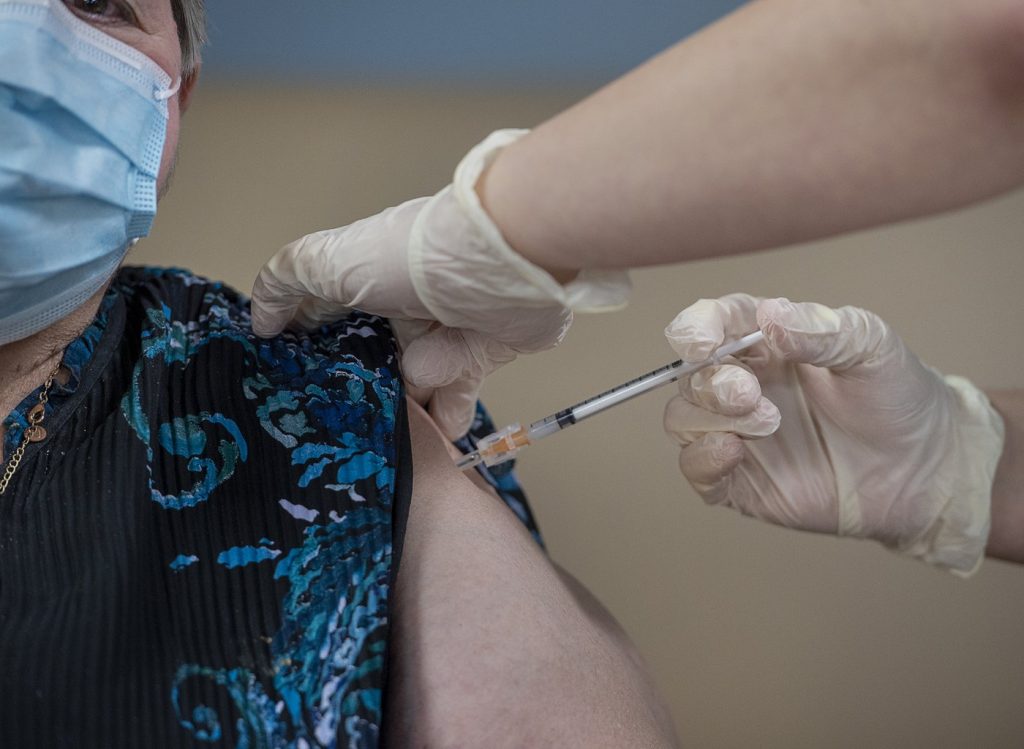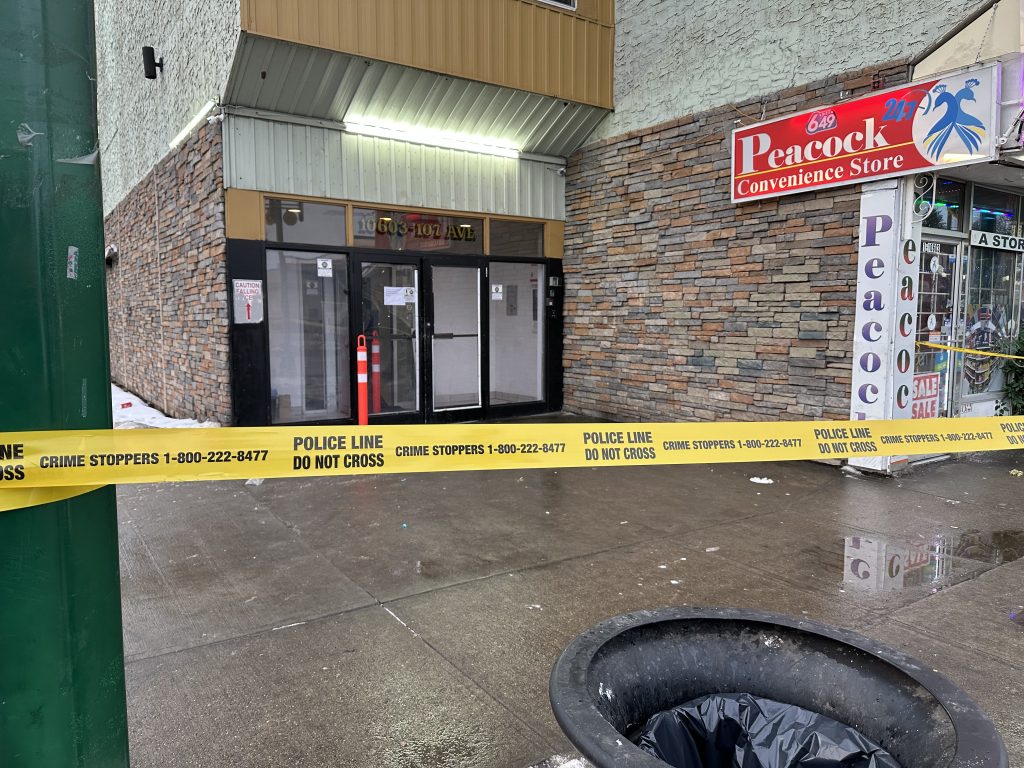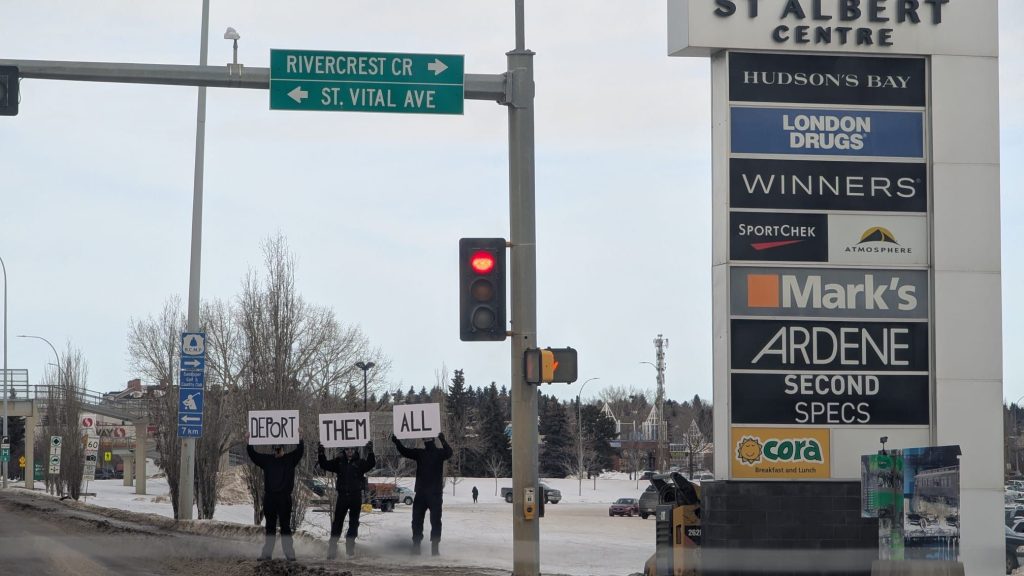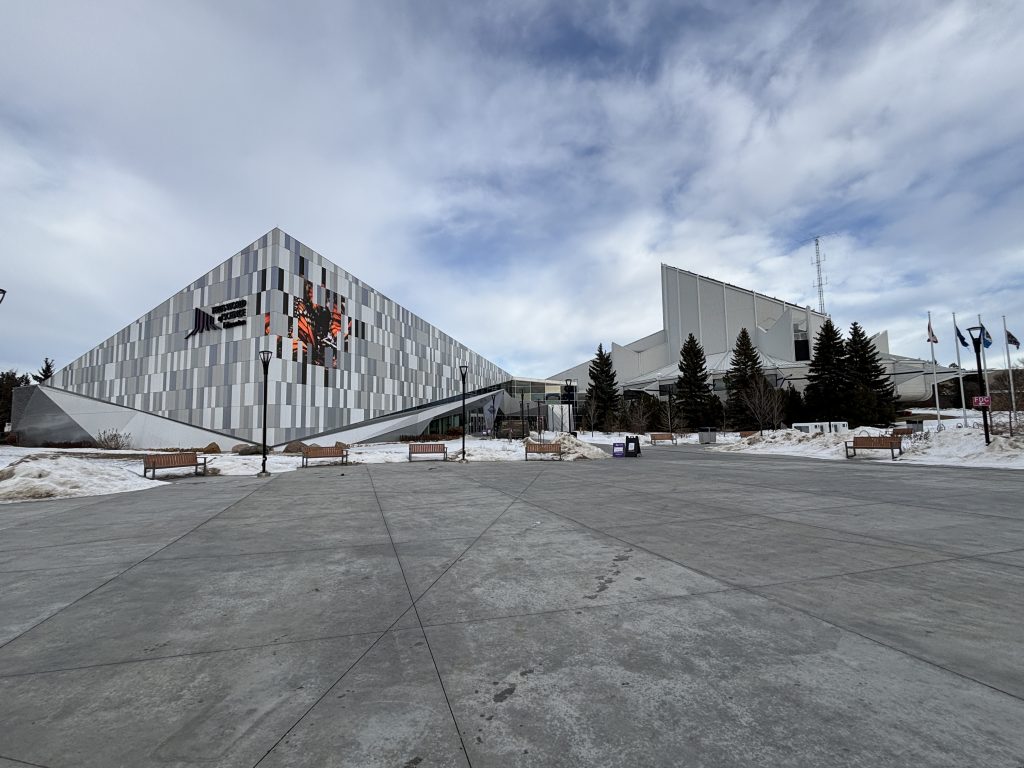Kananaskis Conservation Pass ‘game-changer’: Alberta Parks
Posted July 11, 2021 12:01 pm.
Last Updated July 11, 2021 8:54 pm.
CALGARY (660 NEWS) — Despite the introduction of a visitation fee for Kananaskis Country (K-Country), Alberta Parks says it’s been another busy summer so far.
The Kananaskis Conservation Pass (KCP) came into effect on June 1, following a record number of visitors to the park in 2020 — many of whom damaged the landscape and left their trash behind.
More than five million people haven’t been to the park this summer, at least not yet.
However, Kananaskis regional director Michael Roycroft says it’s still very busy.
“Parking lots are full relatively early in the morning, cars are still parked along roadways and so on,” he said.
He explains, although the pass hasn’t been in effect long, they’ve already seen improvements as far as garbage and damage to vegetation and fewer complaints related to traffic congestion.
“The difference this year is that we actually have some resources to put towards vehicle control, vehicle management, in a number of our day-use areas across K-Country,” he said.
“We do have boots on the ground out in our day-use areas speaking with people, giving them information, providing guidance and additional support for visitors.”
READ MORE: Alberta government to introduce user fees for Kananaskis
People Roycroft has spoken with say they are fine to pay the fee of $15 per day, per vehicle, or $90 for the year, as long as the money is going directly back into parks, specifically in K-Country.
“So we’re really trying to ensure that folks do recognize and see a difference,” he said.
“Now it’s not all going to change over the next few months.
“It’s going to be a multi-year type of transition to better resourcing where we need to here in Kananaskis.”
While people are generally happy with how K-Country is being managed, calling the pass a “game-changer,” Roycroft says there are areas they can improve.
“The last week of June for example, we did 42 rescues in just the one week alone, and those numbers are higher than any other jurisdiction in Canada,” he said.
Last year, Roycroft says they saw a whole new segment of the population enjoying K-Country for the first time.
“So there’s a period of learning that needs to take place — to make sure that folks understand what they need to do to, to remain safe in the back-country,” he said.
“Also with that increased visitation we saw last year — just simply by numbers alone — you’re going to get an increase just based on the various, the ratios of how many rescues you do to how many millions of visitors you have.”
Roycroft says they are always striving to keep Albertans safe through the rescue program, by providing access to visitor centres, and through education.
“That’s where the (KCP) has really played a key role to help us fund those venues and to keep that information out there in the public. So that the public can remember to do what they need to do to stay safe,” he said.








